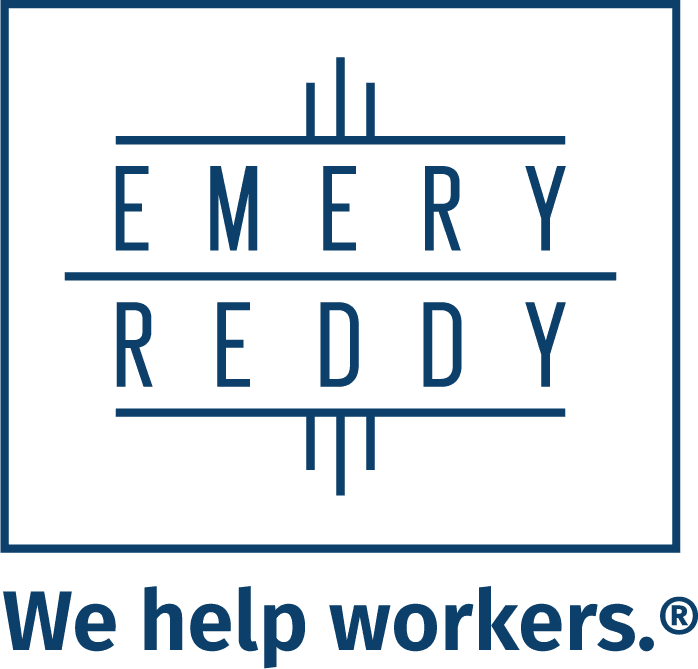In recent decades there’s been an unprecedented push to sensitize American employers in order to improve workplace conditions, boost employee morale, and enhance productivity to create an overall happy workplace. In light of the effort invested, one would think we’d now be the happiest workforce in the world. But we’re far from it.
The most recent Gallup poll on the emotional health of American workers reveals that 70% are “checked out” in their place of work, if not entirely “actively disengaged.” 7 out of 10 claim that they do not care about what they do, or the companies or customers for whom they work. Even more troubling, the poll shows that 20% of Americans actually hate their jobs and often undermine company operations with their attitudes.
The Gallup study classifies workers into three categories. The first group (30%) is “actively engaged,” enjoying work, and enthusiastic about what they do. The second and largest type (50%) is “not engaged” in work, simply showing up and going through the motions, but with little care or interest in those tasks; these are the “checked out” workers. The third group in the “actively disengaged” category (20%) are the malcontents who simply hate going to work.
The results are quite fascinating when you look closely at the details and carefully consider the numbers. Gallup’s poll represents 100 million full-time workers in the U.S. So if the results are accurate, 30 million productive worker-bees are picking up the slack for 50 million who simply show up and sharpen pencils, and another 20 million workplace haters and saboteurs.
Yet this raises questions about Gallup’s categories. How does a worker fall into the definition of being “actively disengaged”? Isn’t this something of an oxymoron? The definition of disengaged is “to withdraw or mentally separate yourself from a situation or difficulty,” while actively means “full of or involved in busy activity.” Gallup researchers thus suggest that “actively disengaged” employees are wholeheartedly involved in the busy activity of withdrawing from their work.
The poll indicated that workers with a college education were most likely to fall in the middle, belonging to the “checked out” group. But what is causing this workplace dissatisfaction? What has become of the purported movement for workplace fairness and open-door policies? Why haven’t past efforts culminated in a more productive and satisfied workforce, and an overall happy workplace?
Workplace Discrimination
Employment attorneys are likely to point out that unsound (and often illegal) employment practices like discrimination, wrongful termination, wage and hour disputes, or other issues involving FMLA or ADA can contribute to low workplace morale. If you have been the victim of any of these practices, contact the L&I attorneys at Emery | Reddy today.






